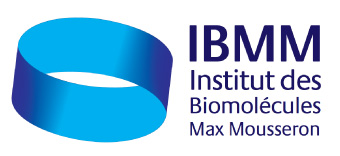
Jérémie Neasta
Function : Assistant Professor (permanent staff)
Keywords : ghrelin , GPCR , metabolism , Neurosciences , Pharmacology , polyphenol
Team : F13 - Cellular pharmacology
Employer : Université de Montpellier
Professional Email : jeremie.neasta[a]umontpellier.fr
Office No. : N2J08
Phone : 04 48 79 21 48
Publications
Biography
I continued my training as a postdoc fellow for 5 years (2007-2011) in the Department of Neurology at the University of California San Francisco (UCSF) in Prof Dorit Ron's lab. During this period, I studied, among other things, pathological processes underlying alcohol-related disorders in animal models of alcohol abuse. My postdoc showed that alcohol consumption induces sustained neuroadaptions in rodent striatum through the activation of the mTOR pathway. Furthermore, inhibition of this kinase reduces the expression of several pathological alcohol-related behaviors, highlighting for the first time a link between alcohol abuse, its symptoms and activation of mTOR complex 1 in vivo.
I joined IBMM's F13 team in 2012 for a one-year post-doctoral fellowship during which I isolated and identified by mass spectrometry the in vivo pharmacological target of a synthetic peptide displaying dopaminomimetic properties. I was recruited to the University of Montpellier first as a lecturer and then, in 2015, I was appointed associate Professor at the School of Pharmacy where I teach fundamental and therapeutic pharmacology. In 2021, I obtained the Habilitation à Diriger des Recherches (HDR).
Overall, my current research aims to characterize the pharmacological activity and mechanism of action of naturally-occurring molecules (polyphenols and their derivatives) and ligands of the ghrelin receptor (a GPCR) on cellular processes regulating cellular homeostasis. This research is being carried out using healthy and dysfunctional cellular/biological models (islets of Langerhans, cell lines, neuronal culture, brain slices) or animal models (normal and pathological mice and/or rats). Ultimately, our aim is to assess the therapeutic potential of pharmacologically active compounds in the treatment of neurometabolic disorders.
